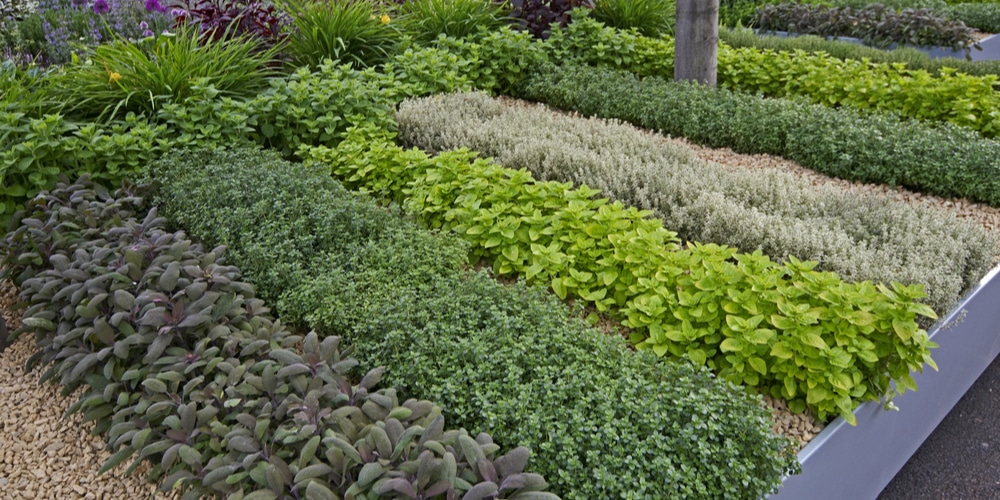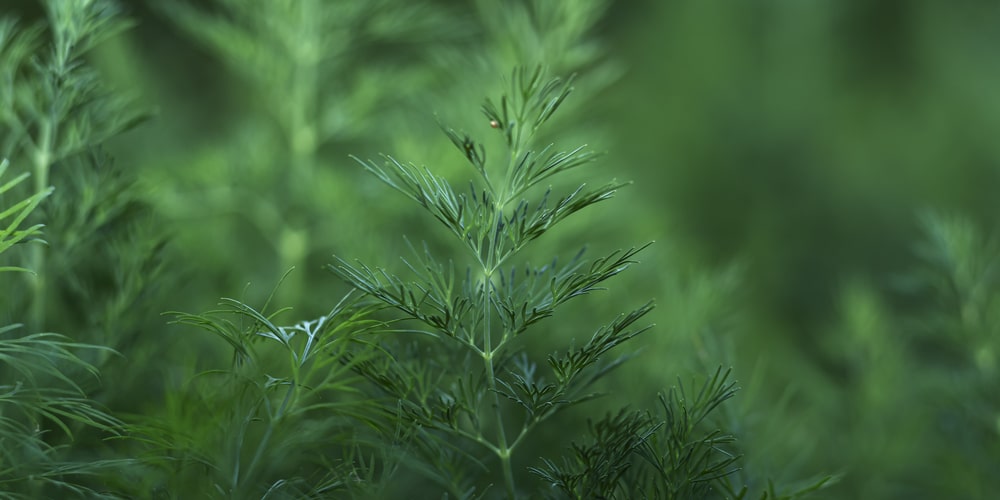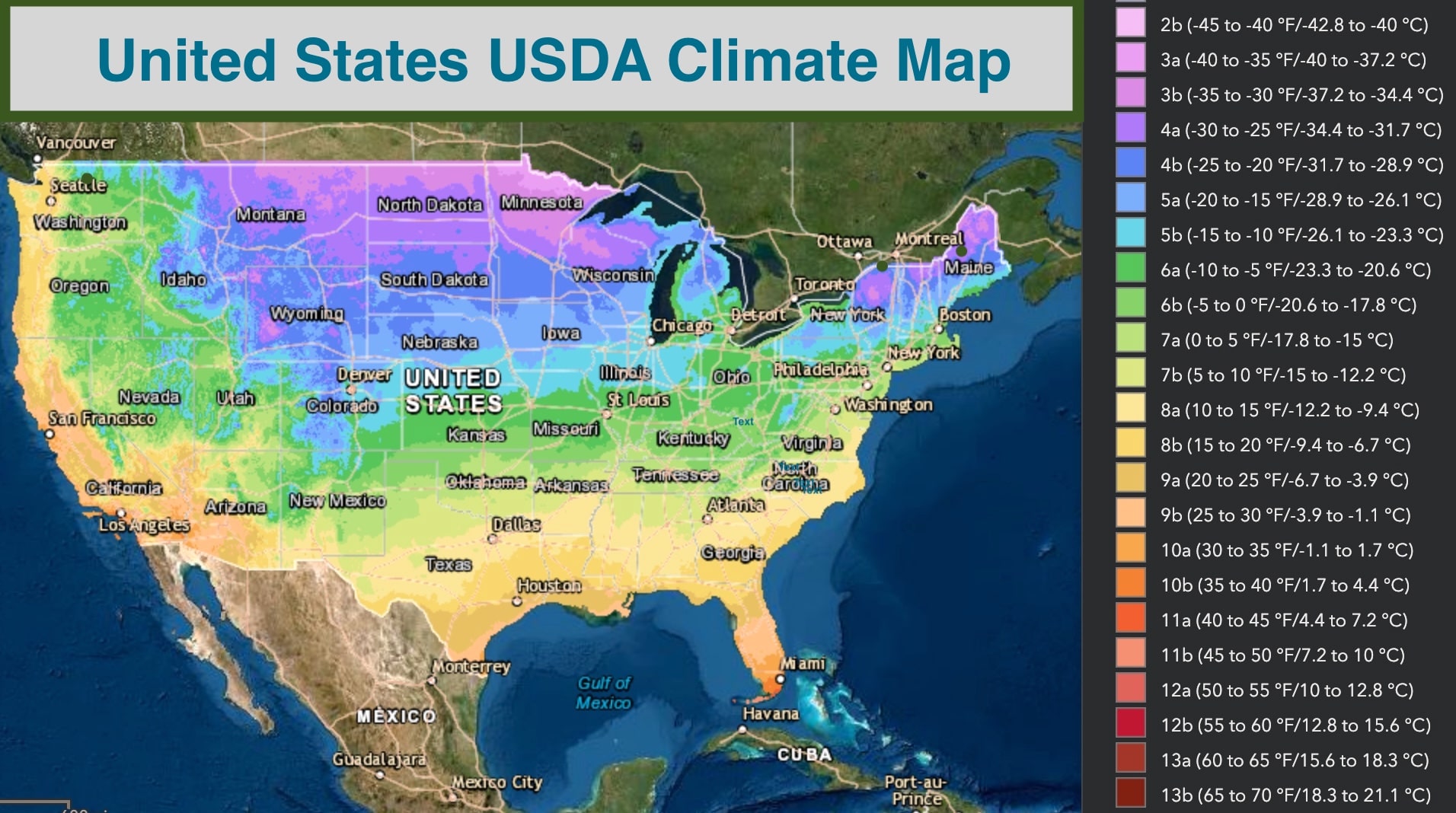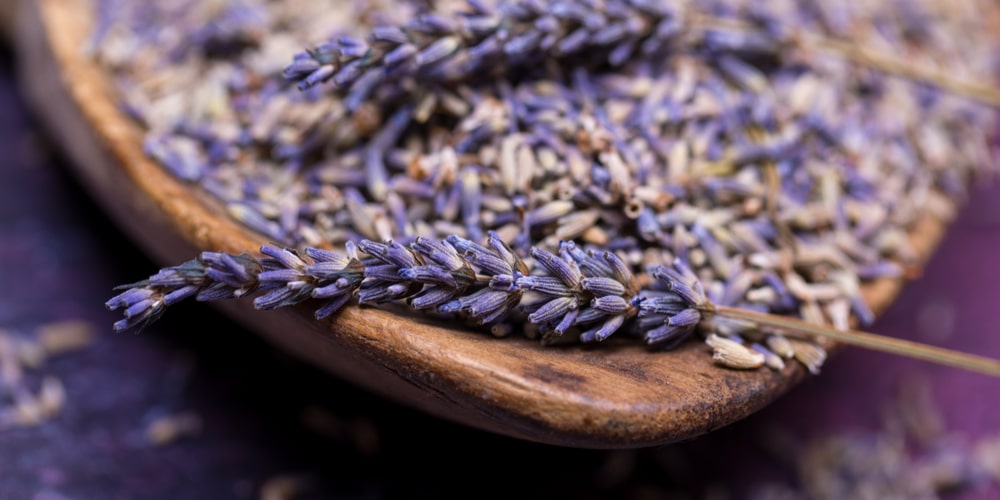If you’re lucky enough to live in zone 7, or even zone 7B, you have a great and long climate for growing perennial herbs. If you’re considering planting Perennial Herbs in Zones 7 and 7b you may be wondering which varieties to choose.
The best time for planting perennial herbs in zone 7 and 7B is in the spring after the last frost has passed.

The good news is that many herbs grow well. Once you’ve planted perennial herbs, there’s no need to replant, providing you with a healthy bounty of leaves, flowers, and stems to harvest. They are a fantastic and low-maintenance addition to any garden and can provide you with fresh herbs all year round.
While not all perennial herbs thrive in every climate, many will do well in zones 7 and 7B. Understanding your environment and what grows well is vital for any gardener, especially those in these more temperate zones. Let’s look at planting perennial herbs in zones 7 and 7b.
Ideal Growing Conditions of Perennial Herbs
Some perennial herbs can be evergreen or deciduous, and while they may die back in the winter, they will return in the spring. Most of these plants do best in full sun – at least six hours a day – but can also tolerate partial shade. They need well-drained soil that is not too moist and, ideally, rich in organic matter. The soil’s PH should be between six and seven.
Perennial Herbs Zone 7 and 7B
Zone 7 and 7B gardeners are lucky to have a wide variety of perennial herbs from which to choose. Some of the best herbs to grow in zone seven climates include sage, thyme, oregano, lavender, and rosemary.
Most perennial herbs in this zone are best planted from seed or started indoors and then transplanted outdoors. This allows them to get a head start on the growing season and ensures they’ll be big and strong enough to withstand any late frosts. The best time for planting perennial herbs in zone 7 and 7B is in the spring after the last frost has passed.
If you’re looking for something a little different, try planting fennel, dill, or mint. These herbs are all annuals, which means they only live for one growing season, but they’re still easy to care for and make a great addition to any garden.
There are many herbs that can be planted together in zone 7:
Sage (Salvia Officinalis)

A member of the mint family, sage is a hardy herb that can tolerate a wide range of conditions. It’s an evergreen shrub that grows to about two or three feet tall and has small, gray-green leaves. The flowers are a beautiful purple color and can be used in both culinary and medicinal applications.
Sage is best planted from seed but can also be propagated by division or cuttings. It prefers full sun but can tolerate partial shade and grows well in most soil types. Plant sage in the spring, after the last frost, has passed.
Thyme

A staple in many kitchens, thyme (Thymus vulgaris) is a small, woody herb that is part of the mint family. It’s an evergreen perennial that only grows to be about six inches tall but can spread up to twelve inches wide. The leaves are small, oval-shaped, and have a deep green color. They have a strong flavor and aroma. Thyme blooms in the late spring or early summer and produces tiny, pink flowers.
Oregano
Oregano (Origanum vulgare) is a popular culinary herb known for its intense flavor. The leaves are dark green and have a fuzzy texture. The flowers are white or pink and bloom in the summertime, and the plant can grow up to eighteen inches tall. Caring for oregano is easy – it’s drought tolerant and can grow in most soil types. Make sure to water it regularly and give it plenty of sun.
Lavender
A classic aromatic herb, lavender (Lavandula angustifolia) is known for its beautiful purple flowers and relaxing scent. Its leaves are long and slender, and the flowers bloom in the summertime. The plant itself can grow two or three feet tall and wide.
Its leaves can be used in cooking, making excellent tea, but the flowers are more commonly used in sachets and potpourris for their relaxing aroma. It doesn’t need a lot of water to thrive, but it does need plenty of sun.
Rosemary
Another popular culinary herb, rosemary (Rosmarinus officinalis), has a robust and pine-like scent. The leaves are dark green and needle-like, with flowers beautifully blooming in blue, pink, or white shades. The plant can grow to be four feet tall and wide.
Rosemary does best in full sun but can tolerate some shade. It needs well-drained soil and should be watered regularly. Rosemary is a hardy herb that can withstand colder temperatures, making it an excellent choice for gardeners in zone seven.
Fennel (Foeniculum Vulgare)
A carrot family member, fennel is a tall, perennial herb that grows up to six feet tall. It has feathery leaves and small yellow flowers. The seeds are edible and have a licorice-like flavor. Additionally, the entire plant is edible.
Fennel is a hardy herb that can tolerate most conditions. It prefers full sun but can also grow in partial shade. Fennel does best in rich, well-drained soil—plant fennel in the spring or fall.
Dill (Anethum Graveolens)

Dill is an annual herb in the celery family. It is a hardy plant that can grow to be two feet tall. The leaves are delicate and lacy, with a feathery texture. Dill blooms in late spring or early summer, with small yellow flowers. It is an excellent herb for cooking.
The leaves and seeds are both flavorful and aromatic. Dill is also used in herbal remedies, such as tea or tinctures, and has medicinal properties helpful for digestion, respiratory problems, and insomnia.
Parsley (Petroselinum Crispum)
A biennial herb in the Apiaceae family is commonly used as a garnish or decoration on dishes. It is a low-growing plant that only reaches about 12 inches in height. The leaves are dark green and have a ruffled texture. It is an ideal herb for zone seven gardens because it can withstand hot and cold temperatures.
Parsley is a hardy herb that does best in full sun. It prefers well-drained, moist soil and should be watered regularly—plant parsley in the spring or fall.
Chives
A member of the onion family, chives are a perennial herb that grows to be about twelve inches tall. The leaves are long and slender with a round, hollow shape. Blooms during summertime, its flowers are a beautiful lavender color.
Chives have a mild onion flavor and are often used in cooking. They can also be used to add flavor to salads, dressings, dips, and spreads. Chives are easy to grow and do well in most types of soil. Plant them in the spring or fall.
Planting Perennial Herbs in Zones 7 and 7B: Summary
People living in zones 7 and 7B won’t have trouble growing an abundance of perennial herbs. Most of them survive both summer and winter temperatures, making them perfect for this climate zone. As a general rule, perennial herbs thrive best when given full sun. Don’t overwater them, as most of these herbs don’t require a lot of water to survive.






